| The following wildfowl, amongst others, can be found in the Australia Zone at WWT Slimbridge, click image for information: - |
| |
|
 |
|
|
|
 Australian Black Duck Australian Black Duck |
| The Australian Black Duck or Pacific Black Duck is a dabbling duck found in Indonesia, New Guinea, Australia, New Zealand and many islands in the southwestern Pacific. |
| |
|
 |
|
|
|
 Australian Shelduck Australian Shelduck |
| The Australian Shelduck, also called the Mountain Duck, is a large goose-like bird which is a shelduck. |
| |
 |
| |
|
 |
|
|
|
 Australian Shoveler Australian Shoveler |
| The Australian Shoveler, also known as the Blue Winged Shoveler or Southern Shoveler, is a dabbling duck and is protected under the National Parks and Wildlife Act. |
| |
|
 |
|
|
|
 Australian Wood Duck Australian Wood Duck |
| The Australian Wood Duck, also known as the Manes Duck or Goose, is a dabbling duck and the only living species of the Chenonetta genus. |
| |
|
 |
|
|
|
 Black Swan Black Swan |
| The Black Swan is common in the South West and Eastern parts of Australia and coastal islands. It was hunted to extinction in New Zealand but has since been reintroduced. |
| |
 |
| |
|
 |
|
|
|
 Hardhead Hardhead |
| The Hardhead, also known as the White Eyed Duck, is a diving duck and the only one found in Australia. |
| |
|
 |
|
|
|
 Magpie Goose Magpie Goose |
| The Magpie Goose is found in the coastal areas of Northern Australia and savannah in Southern New Guinea. |
| |
|
 |
|
|
|
 Plumed Whistling Duck Plumed Whistling Duck |
| The Plumed Whistling Duck, also known as the Grass Whistle Duck or Whistling Tree Duck, is a Whistling Duck from Australia and New Guinea. |
| |
 |
| |
|
 |
|
|
|
 Radjah Shelduck Radjah Shelduck |
| The Radjah Shelduck or Raja Shelduck is also known as the Burdekin Duck in Australia and is a shelduck. |
| |
|
 |
|
|
|
 Wandering Whistling Duck Wandering Whistling Duck |
| The Wandering Whistling Duck, formerly known as the Tree Duck, inhabit Australia, the Philippines, Borneo, Indonesia, Papua New Guinea and the Pacific Islands. |
| |


 Australian Black Duck
Australian Black Duck
 Australian Shelduck
Australian Shelduck

 Australian Shoveler
Australian Shoveler
 Australian Wood Duck
Australian Wood Duck
 Black Swan
Black Swan

 Hardhead
Hardhead
 Magpie Goose
Magpie Goose
 Plumed Whistling Duck
Plumed Whistling Duck

 Radjah Shelduck
Radjah Shelduck
 Wandering Whistling Duck
Wandering Whistling Duck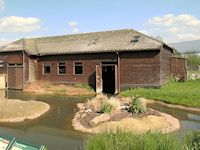

 Andean & Lesser Flamingos
Andean & Lesser Flamingos Arctic Adventure
Arctic Adventure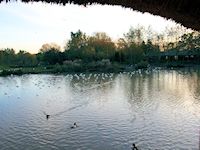

 Back From The Brink
Back From The Brink Caribbean Flamingos
Caribbean Flamingos

 Eider Lake
Eider Lake Flamingo Lagoon
Flamingo Lagoon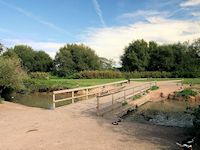

 Geese of the World
Geese of the World Mission Impossible
Mission Impossible
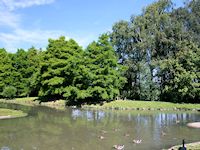
 Living Wetland Theatre
Living Wetland Theatre North America Zone
North America Zone
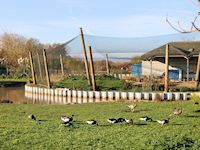
 Otter Pool Zone
Otter Pool Zone Screamers Zone
Screamers Zone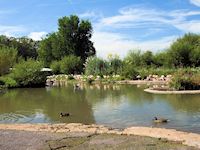
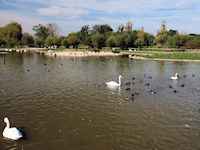
 South America Zone
South America Zone Swan Lake Zone
Swan Lake Zone

 Waterscapes Aviary
Waterscapes Aviary Estuary Shoreline
Estuary Shoreline

